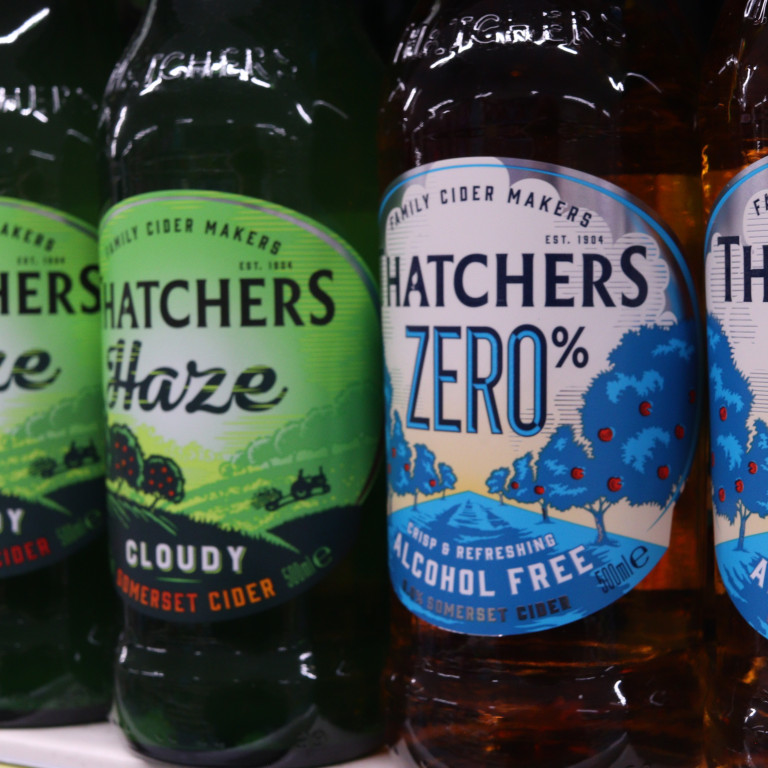Trade marks can be registered as words, logos, or a combination of both. Your branding enjoys the best protection if it is registered as a combination of both but if you are selecting one, you should choose a word mark over a logo mark. A word mark can be used to protect a domain name and it will come up on Google, social media, and other searches. There are strong trade marks and weak ones. Strong trade marks are typically creative or unique, setting your business apart from your competitors. They are easier to enforce against infringers. Descriptive or less distinctive marks are weak and may be open to challenge, or even attacked by invalidation proceedings, and enforcement action may be easier to resist.
When selecting a brand name for your company, product or service, we strongly advise that you think about the trade mark implications of the name should you ever want to register it in the future. Trade mark law prescribes that trade marks should be distinctive and there are five main categories of distinctiveness:
1. Generic marks
Generic marks can be seen at the weakest end of the continuum of trade mark strength. They comprise of common terms associated with products or services e.g. “CLOCK” for watches. The rationale for not allowing generic trade marks to be registered is that a person or entity should not be given exclusive rights to use words that generically identify a product and/or service.
Generic marks are highly difficult or impossible to register and enforce.
2. Descriptive marks
Descriptive marks directly describe the product, service or brand and, contrary to popular belief, they are weak marks. Examples include “SPEEDY TRADE MARK LAWYERS” for legal services and “VELVETY AND SPONGY” for cakes.
To benefit from strong protection, trade marks should not be descriptive. This is because descriptive words should remain available for everybody to use for their products and services. Descriptive trade mark applications will not always be automatically rejected by the IPO but can be challenged with a trade mark opposition.
3. Suggestive marks
Suggestive marks indicate some quality or characteristic but do not directly describe the associated products or services. Examples include “NETFLIX for streaming services. These marks are suggestive and hint at the relevant product or service without actually describing it.
Generally, suggestive marks are entitled to meaningful but less extensive protection.
4. Arbitrary marks
Arbitrary marks have a common meaning but are applied to goods or services that are unrelated to that meaning. Examples include “DOVE” for soap and “APPLE” for computers.
Arbitrary marks are considered highly distinctive in distinguishing one company’s products or services from another and the scope of protection is therefore very broad.
5. Fanciful/coined marks
Fanciful and coined marks can be seen at the strongest end of the spectrum because they are inherently distinctive. They consist of words/letters which have no dictionary meaning or connection with the characteristics of the products or services, i.e. no meaning other than as a trade mark. Examples include “ROLEX” for watches, “SPOTIFY” for music streaming services, and “REEBOK” for shoes. These marks may be difficult for consumers to remember at first and require efforts in advertising and communication, however, they are unique identifiers of your products and services.
These marks are the easiest to register and enforce, giving you excellent protection when you want to exploit your branding.
What does this mean in practice?
Whilst trade marks must meet stringent registrability criteria, the IPO will not automatically reject trade marks that do not qualify unless there are obvious defects. Instead, the IPO expects third parties to oppose or invalidate trade marks that do not meet the registrability criteria (or those which infringe your earlier rights). What this means in practice is that trying to enforce your intellectual property rights in a weak mark may leave you vulnerable and open to litigation, including trade mark opposition and invalidation, especially when you attempt to sue for trade mark infringement.
A trade mark is a powerful means to communicate a company’s brand identity to the public. A distinctive trade mark maximizes the effectiveness of this and greatly contributes to the value of the brand.
Find out more
If you would like any help or support with trade mark registration or trade mark litigation then visit our dedicated Intellectual Property pages or contact our expert team.




